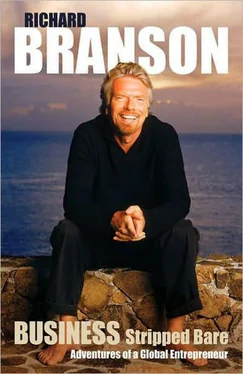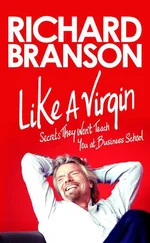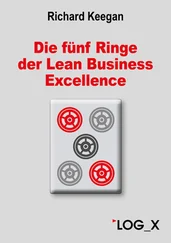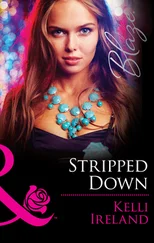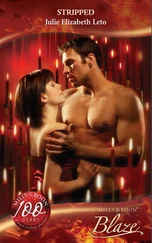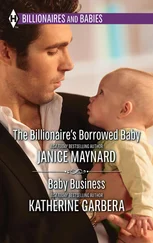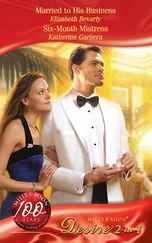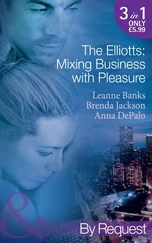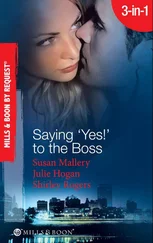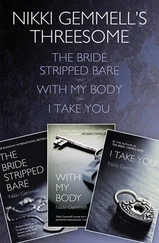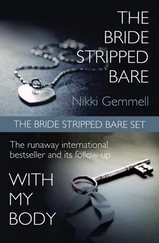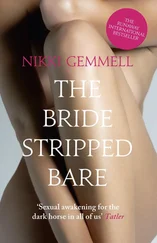For this start-up business there was a basic flaw — we didn’t have any credit. We didn’t have any references either, which meant the record companies wouldn’t supply us. So we took out adverts in the music press and I managed to get a deal whereby I could pay for them a month in arrears. We didn’t have any records either, so we went along to Ray Larone’s company in Notting Hill Gate. We’d buy them from him at a discount and then mail them out to our customers. That way, we had the cash in from the public before we bought the records and paid for the advertising. This is how we got the business up and running.
When I hear of today’s entrepreneurs launching new businesses by putting all their debt on their credit cards, I think that this pretty much parallels what we were doing with Virgin Records. I’m not going to sit here and say, ‘Don’t do it.’ But if you do do it, you have my sympathy. Self-funding your first business is cripplingly difficult.
Ray’s tiny shop soon became one of the biggest record sellers in England. The record companies’ lorries would turn up with piles of packages of records, and we would have a lorry outside the back of his shop and then take them off to our office, which was in the crypt under a church in Bayswater.
From the first, our image and sales pitch were vital assets. (We had precious few others.) During the early days in South Wharf Road, we all contributed, but John Varnom was the one who made a difference. He was off-the-wall, utterly unreliable, and very creative. He wrote our adverts in a Victorian-gothic style of self-parody but also an early Virgin brand-message of the future: that quality could also mean value for money.
‘There must be something wrong with them.’
‘There isn’t.’
‘They must be old, bent, cracked, wizened, split, warped, spoilt, scratched and generally too hideous to contemplate.’
‘They aren’t.’
‘They can’t be smooth, glistening, perfect, unblemished, miraculous, black and shiny like those you get in the shops.’
‘They are.’
‘But surely there must be some difference, some gap, abyss, divide, chasm, canyon or other unusual feature?’
‘There is.’
‘What is it then?’
‘They cost less.’
We all rolled up our sleeves, stuffing brown packages with cut-price Virgin mail-order albums by Led Zeppelin, Pink Floyd, Jimi Hendrix and the Rolling Stones. We were all paid the same, £20 a week, and it all had a very hippy, communal feel. ‘Five to fifteen bob off any album on any label’ — that was our sales pitch. And we were now working flat out on the mail-order business to cope with demand. The record companies realised we were the mystery behind the huge success of Ray’s little record shop — and so they extended credit to us directly.
But we weren’t making any money. Over the years I’ve met a lot of old customers who were in on a scam. Irate people would phone up or write a letter and say they had never received their rock album. We had no proof that it had gone out because in our office it was all so chaotic, and proper accounting methods were unheard of. So we would send out another album. Our profit margin was so tight that doing this regularly — and we did do it regularly — was wiping out any of the money we made. This was one of the biggest business lessons I learned. Turnover can be huge, but it is the profit margin that matters .
Still, the Virgin Records brand was getting noticed. Typical sales were several thousand LPs each week. It all had potential. Then disaster struck, and here I learned another key fact about running a business: try to have a plan B.
In October 1970, the postmen and women of Britain began a bitter dispute for more pay. The strike lasted forty-four long and desperate days for us — and our business dried up. We needed to diversify the brand. Fast.
We took out adverts in the music press. A half-page on 6 February 1971 announced that we had now opened a small shop at 24 Oxford Street. I’d managed to secure a decent short-term deal on the rent of the first floor of a three-storey shop, next to a secretarial college, and upstairs from NU Sounds.
To combat the downturn we needed to get people into our shop. We increased the advertising campaign with ‘ A step-by-step guide to Virgin Records’ new joint in Oxford Street ’. The puns continued — ‘ They are no dopes at Virgin Records. That’s because all our customers are cool. They know a swell joint when they see one. ’ We offered more than records; we had coffee, cassette tapes, posters and headphones, all within thirty seconds of Tottenham Court Road tube station. Some reckon that our staff sold even more than this, but I don’t think I can comment about what they did in their spare time.
By the end of 1971, we were buying full back-page adverts declaring we were: The Firstest, Bestest, Cheapest. Another advert began: ‘ Ha, ha, ha, ha. This is our managing director giving a customer money. Chap tried to pay full price for a record. ’
In some ways not a lot has changed. In 2008, if you’re sitting on a crowded tube train on the Central line in London, you can look up and read our advertising for Virgin Media and it still carries the same tone of gentle irreverence. Even in the early days we were promoting convenience and customer choice — only in a different dimension.
Back in 1971, someone had a bright idea. We should open a recording studio, too. Tom Newman, one of the original crew at Virgin Records, originally suggested we set up a four-track recording studio in the crypt. Meanwhile, I’d met George Martin, the legendary producer of the Beatles albums, to do an interview for a new edition of Student . When I told him of my plans, he said that four-track was out of date and that modern recording now needed at least eight-track equipment. I told Tom to flog the four-track we’d already bought and look for an eight-track. We’d spent £1,350. I was learning an expensive business lesson about getting the best equipment you could possibly afford.
By the time of my twenty-first birthday I had a magazine, a mail-order business and now I was contemplating setting up a recording studio. We were £11,000 in debt after the first year from the record business and I was struck down by an ulcer. The doctor advised me to take some time out. Tom Newman and I thought moving our studio to the country might be an option. It would be better for my health at least. I bought a copy of Country Life and saw an advert for an old English manor house at Shipton on Cherwell. It looked ideal. I was bowled over the minute I clapped eyes on the place. I desperately wanted to buy it and hatched plans for a 16-track studio. The bank agreed to give me a loan and I bought the Manor on 25 March 1971.
In October 1971, as we advertised waterbeds for sale in our shops, there was an extra little note on our ads: ‘ We have a quiet studio in the country now, so if you’re going to make a sound and you want to relax when you do it, ring us .’ The studio was ready to rock. And it did.
The recording studio began to attract the kind of musicians we liked to hear. The decision to make it a 16-track studio was imperative, as bands were becoming more sophisticated. Instead of simple bass, drums, guitar and vocals there was now more dubbing and overlaying of different sounds and textures. We soon realised we would need to have a 32-track, 20-channel sound desk to meet the increasing demand, as recording technology and the evolution of keyboard synthesisers allowed new forms of musical expression and way-out sounds. We brought in leading sound specialists Westlake Audio from Los Angeles to design the studio — with Dolby sound — and bought only the latest kit. The magic of the Manor was that it was a place where the artists could be relaxed and hang out after coming out of a studio session. It was a stimulating place to stay and we kept the wine cellar stocked up and always went with the flow. If a band wanted a wild party or a blowout, then it was fine with us. That’s what helped the juices flow. Since then, throughout our businesses, I have always insisted that Virgin try to create these special places or rooms where people can become inspired and create their best work.
Читать дальше
